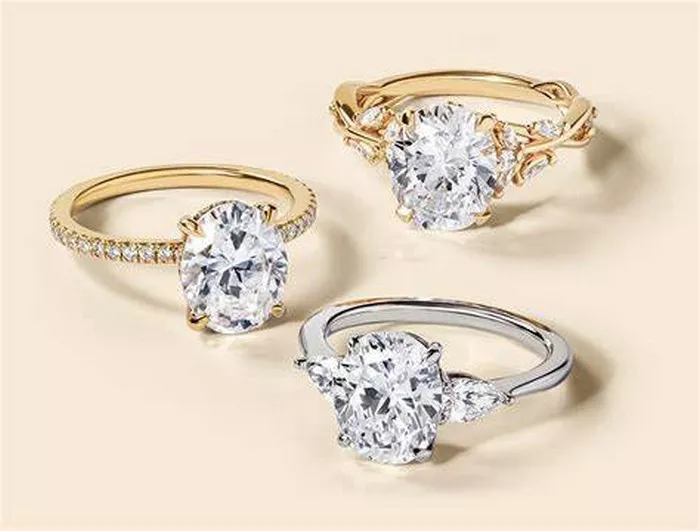The wedding ring industry is experiencing a customization revolution as advanced technologies make bespoke design accessible to mainstream consumers. According to the 2025 Jewelry Digitalization Report, 68% of couples now incorporate some form of personal customization in their rings, up from 22% just five years ago. This transformation is being driven by a combination of 3D printing, AI-assisted design, and on-demand manufacturing that together are redefining what’s possible in personalized jewelry.
Modern 3D printing technology has reached astonishing levels of precision and material versatility. High-end printers can now work with platinum, gold, and even mixed materials in resolutions measured in microns. This allows for intricate designs that would be impossible or prohibitively expensive with traditional craftsmanship—think interlocking geometric patterns, microscopic engravings, or even rings with moving parts. Some avant-garde designers are creating “four-dimensional” rings that change shape based on temperature or touch.
Artificial intelligence has become the unexpected star of the customization boom. Platforms like RingAI and JewelCraft use machine learning algorithms to help couples create unique designs based on their preferences, relationship history, and even personality traits. Users can input elements like favorite art styles, meaningful locations, or shared hobbies, and the AI generates dozens of design options in seconds. Some systems go further, analyzing facial features to suggest ring styles that complement the wearer’s appearance or using relationship survey data to create symbolic elements representing the couple’s dynamic.
The most personal innovations come from data incorporation. Companies now offer rings with 3D-printed patterns generated from a couple’s voice waveforms saying “I love you,” fingerprint impressions, or even DNA sequences. Other jewelers are creating “story rings” with design elements that represent key moments in the relationship. This hyper-personalization reflects a broader cultural shift toward meaningful consumption—couples increasingly want their wedding rings to tell their unique story rather than conform to traditional templates.
As these technologies continue advancing—with some prototypes incorporating nano-engraving visible only under magnification or smart materials that change color based on mood—the wedding ring’s transformation from standardized symbol to deeply personal artifact appears certain to accelerate. In an era of mass production, couples are embracing tools that let them create something truly one-of-a-kind to represent their one-of-a-kind love.


